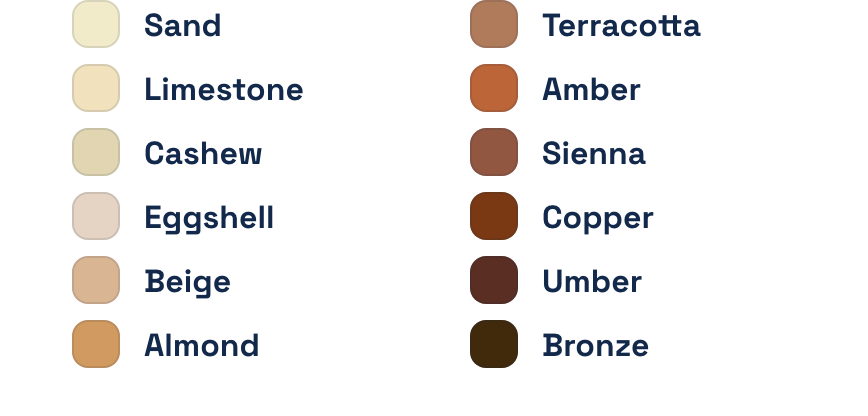Thoughts about work
In the last scene, initially, the patient is on the subway platform, and when it arrives he or she gets in it. However, at the next stop, the subway will not move because it does not work, it can be seen as the doors remain open longer than usual. Meanwhile, the patient will be able to listen to a conversation between two passengers talking about the fault and expressing concern about the possibility of being late for work. Finally, after a few minutes, the subway will start moving.
These scenes have no configuration variables. In addition, each scene, as in the other environments, has the possibility of practicing relaxation exercises in the section Relax.
